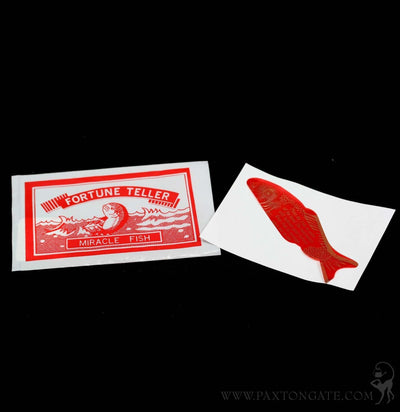Insect Spreading Class: Purple Spotted Butterfly
Insect Spreading Class: Purple Spotted Butterfly
- Ethically Sourced
- Secure payments
- Small Business/Artisan Made
- Packed With Recycled Materials
- In stock, ready to ship
- Inventory on the way
Species: Graphium weiskei
Location: San Francisco, 766 Valencia St.
Purple is one of those colors that always seems to be in vogue with humanity. Fun fact: the earliest known use of purple dye comes from Tyrian purple, produced by the Phoenicians around 1500–1200 BCE. It was made by extracting the mucus glands of sea snails, specifically Murex species. Nothing says, “I can’t wait to put this on my body” more than secretions from a mucus gland. Anyways, producing even a small amount required thousands of snails, making the dye extremely expensive and rare. That is why purple became the color of royalty. Only the wealthiest could afford to wear it.
Why am I telling you all of this? Because nature always seems to be way ahead of us. Rather than squeezing a bunch of mucus snails, it creates what we covet naturally. The Graphium weiskei is one of those creations, flaunting its bright purple-spotted wings that would make any king fume with envy.
The color purple is actually rare among living creatures, with Graphium weiskei being one of the lucky few to sport it. But like all things, appearances can be deceiving. The spots on Graphium weiskei are not technically purple. They are actually a kind of magic trick called structural coloration. The scales on the butterfly’s wings are made of microscopic ridges and layers that reflect and refract light, causing interference that produces vibrant colors. In the case of Graphium weiskei, the combination of blue iridescence from the wing scales and reddish or pink scales in certain areas creates the appearance of purple.
So yes, these butterflies do carry the color of royalty, but in reality it is all in your head. Technically in your eyes, but you get the point. This leads us to wonder what else it might be hiding. You will have to take the class to find out.
- 1 Box of entomology pins
- 2 Anchor pin
- 4 Strips vellum paper
- Forceps
- Pinning board
- Instruction pamphlet
- Classes will be held at 766 Valencia St., San Francisco
- Children under 18 must be accompanied by an adult.
- Cancellations must be made at least 72 hours before the class to receive store credit, redeemable for merchandise or future classes.

















